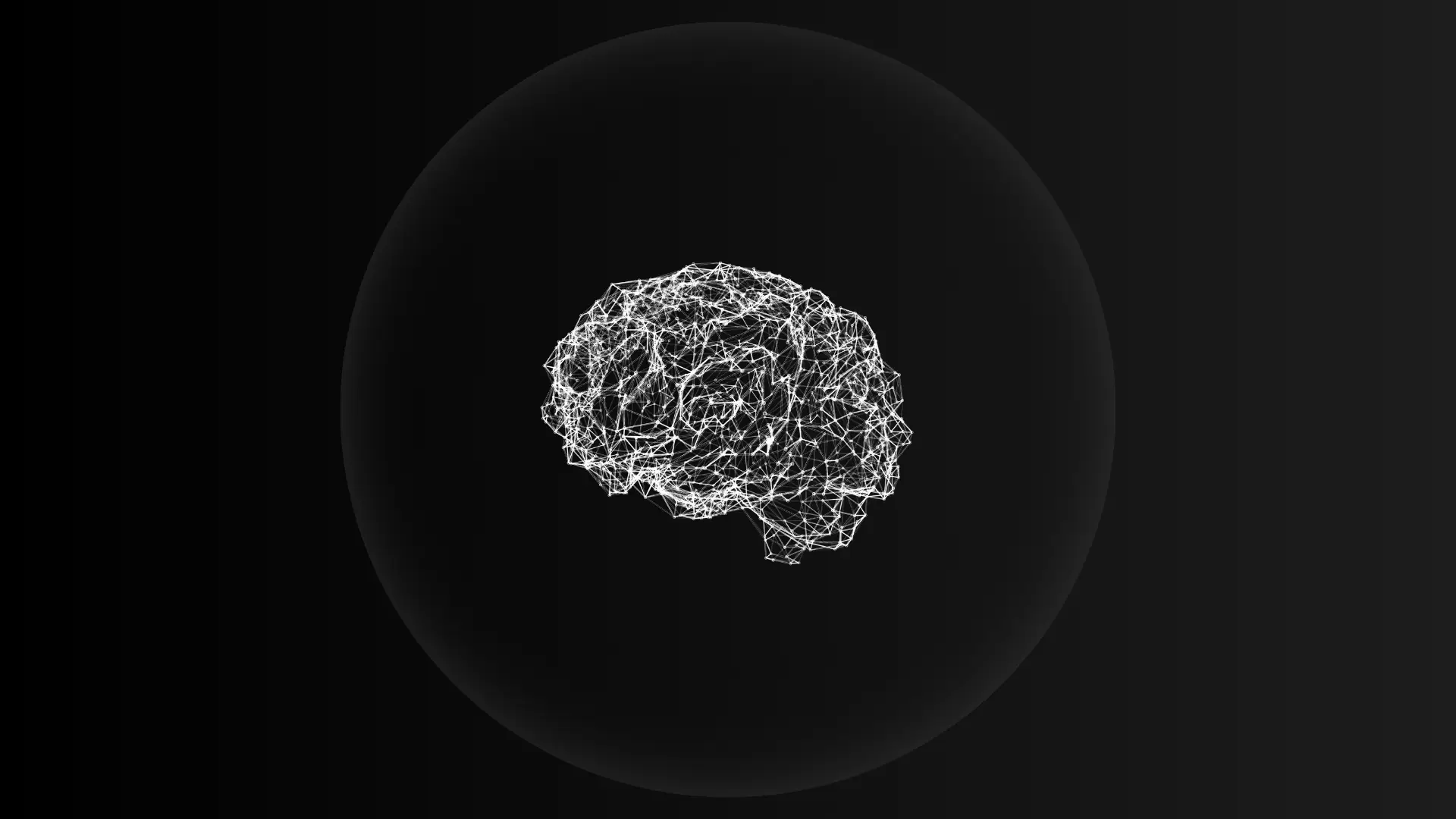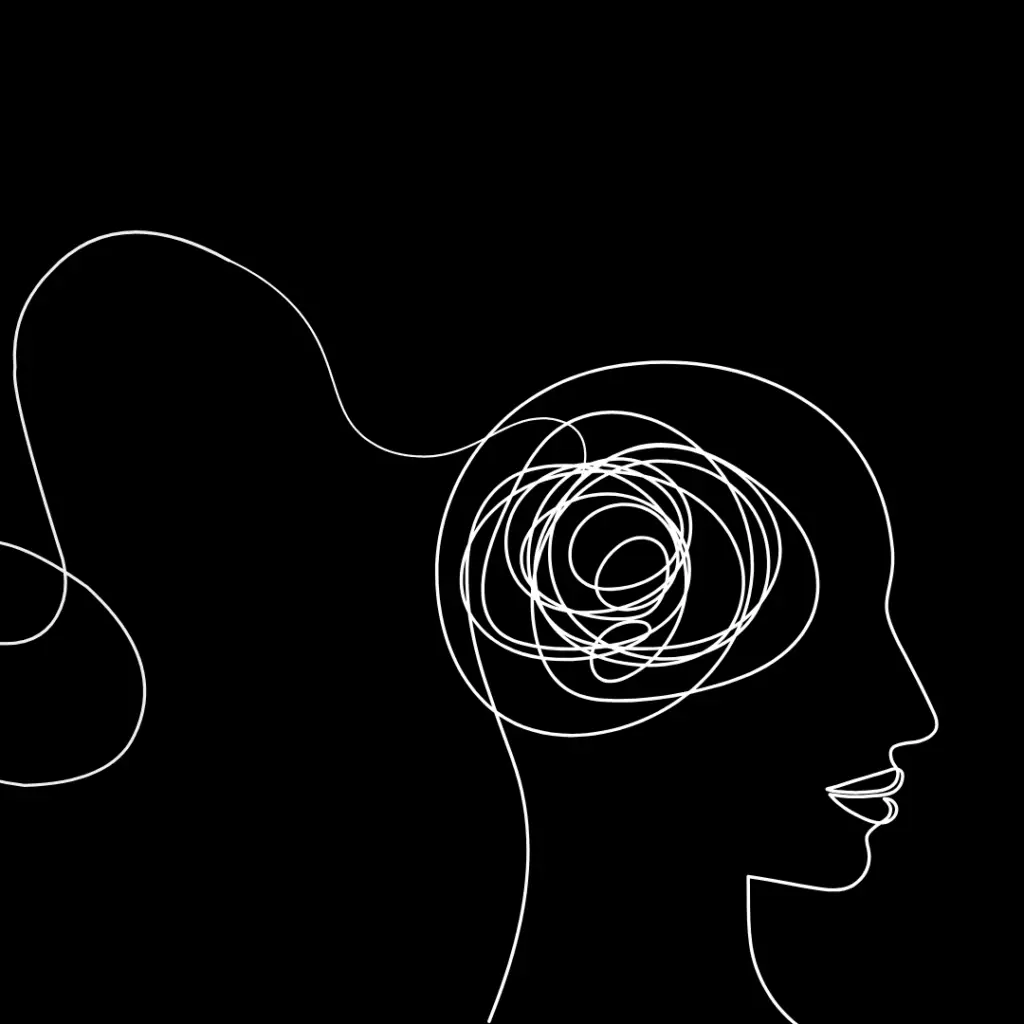Your Focus Isn’t Broken — It’s Hijacked
You sit down with good intentions.
Laptop open. Coffee warm. A Notion page ready to be filled with brilliant ideas.
Then it starts.
A Slack ping.
A Twitter notification.
A random thought—“Did I reply to that email?”
Before you know it, an hour’s gone, and your to-do list hasn’t budged.
If this sounds like your daily reality, you’re not alone—and more importantly, you’re not broken.
We live in an economy of attention, where your ability to focus is literally being auctioned off to the highest bidder. Your phone, your browser tabs, even your own thoughts are pulling you in a thousand directions. But here’s the good news: focus isn’t just something you have or don’t have. It’s a skill. One you can train.
This article is your gym pass.
We’ll walk through The Focus Formula — a science-backed, systemized approach to building distraction-proof concentration. No fluff. Just clarity, strategy, and tools that actually work—especially if you’re juggling side hustles, projects, or a million ideas.
Let’s train your brain like it’s your most valuable asset—because it is.
Why You Can’t Focus (It’s Not Your Fault)

Imagine your brain as a web browser with too many tabs open. Every time a new notification, thought, or task pops up, another tab loads. Eventually, things start to lag. You’re clicking, but nothing responds. That’s your mental state when you’re drowning in digital noise.
Here’s what’s really happening behind the scenes:
You’re Wired for Distraction
Your brain isn’t built for 21st-century input overload. It evolved to pay attention to threats, novel stimuli, and social signals. That’s great for survival—terrible for deep work.
Every ping, red bubble, or dopamine hit from social media hijacks your attention. It’s like trying to write a book in the middle of Times Square.
Multitasking is a Lie
Science is clear: multitasking reduces productivity by up to 40%. What you’re really doing is task-switching—burning mental fuel every time you switch between your blog, your inbox, your Notion dashboard, and your fourth Chrome tab.
Your brain needs recovery time to reorient. It’s like making a U-turn every 60 seconds and expecting to arrive faster.
Emotional Distractions Count, Too
It’s not just external stuff. Inner noise plays a role—anxiety about progress, imposter syndrome, or guilt from yesterday’s unfinished tasks. These thoughts clutter your head like digital pop-ups. You might not notice them, but they’re stealing your focus in the background.
Mini Story: When I first started writing online, I’d plan my content calendar in Notion, schedule work blocks, even turn on a Pomodoro timer…
But I’d still end up watching productivity videos about how to be more productive.
That’s when it hit me: the problem wasn’t lack of planning—it was lack of mental systems.
The first step to focused work isn’t doing more. It’s understanding how you’ve been wired (and rewired) to fail at it—and then rewriting the script.
Up next, we’ll dive into The Focus Formula itself: a 4-part method to rewire your brain for clarity, consistency, and flow.
The Focus Formula (C.A.L.M.)
Distraction doesn’t disappear with willpower—it dissolves with systems.
Enter: The C.A.L.M. Method — a 4-part framework to train your brain for distraction-free work. It’s not about doing more. It’s about creating an environment (both internal and external) that makes focus the default, not a daily battle.
Let’s break it down:
C – Clear the Noise (Physically & Mentally)
“You can’t focus in a room that screams.”
Your workspace is a mirror of your mental state. Cluttered desk? Cluttered mind.
But noise isn’t just physical—it’s digital and emotional too.
Try this:
- Do a 5-minute desk reset before each work session.
- Use the “One-Screen Rule”: only one screen, one task at a time.
- Write down every intrusive thought in a “Mental Parking Lot” — a simple Notion or paper list to revisit later.
Real-Life Tip: I started using a minimalist desktop wallpaper, closed every tab except one, and turned my phone off for 90 minutes a day. It felt weirdly quiet… but focus flooded in.
A – Anchor Your Intentions (Plan Like a Human)
“If you don’t tell your brain what matters, the world will.”
Most people open their laptop with a vague idea like, “I’ll get some work done.” That’s like stepping into a gym and saying, “I’ll lift… something.”
Clarity is rocket fuel for focus.
Here’s how to anchor:
- Write down one key outcome for your session (“Draft blog intro” vs. “Write”).
- Break it into tiny, obvious steps (“Outline → Hook → First Paragraph”).
- Bonus: Use a time block or Pomodoro to give structure.
Metaphor: Think of your task like GPS. If your brain doesn’t know the destination, you’ll just circle the block.
L – Limit the Inputs (Protect Your Cognitive Bandwidth)
“Focus isn’t just about what you do—it’s about what you say no to.”
Even if you think you’re focused, low-key distractions chip away at your energy. Every app, browser tab, and buzzing phone notification quietly drains your mental battery—like background apps on your phone eating up RAM.
How to limit the noise:
- Batch notifications: Turn them off by default. Check DMs, email, or news once or twice a day—not on impulse.
- Close the loop: Have a “Done for Now” list where you park tasks that are finished (so they stop floating in your brain).
- Use blocker tools: Extensions like BlockSite, Cold Turkey, or Focus mode in Notion help build digital walls.
Analogy: Imagine trying to fill a bucket, but there are five tiny holes in it. Your attention works the same way—plug the leaks, and suddenly your energy lasts longer.
M – Move into Flow (Your Natural Superpower)
“When you’re in flow, effort feels like instinct.”
Flow is that beautiful mental state where time melts away and you actually enjoy what you’re doing. It’s not a myth. But it only shows up under the right conditions:
- A clear, specific goal
- Just the right level of challenge (not too easy, not overwhelming)
- Zero distractions
- Deep presence
How to spark flow:
- Start with a ritual (same playlist, same beverage, same lighting—it signals your brain it’s go time).
- Use time boundaries (like 90-minute sprints with breaks).
- Track when you naturally hit flow, then design around those windows.
Mini Story: When I started timing my deep work sessions and blocking everything else, I hit this moment where writing didn’t feel like effort—it felt like downloading thoughts from my brain. That’s flow. And the more you respect it, the more often it shows up.
Recap of the C.A.L.M. Formula:
- C – Clear the Noise: Physical, digital, emotional clutter—gone.
- A – Anchor Your Intentions: Know exactly what you’re working on, and why.
- L – Limit the Inputs: Protect your mental space like it’s sacred.
- M – Move into Flow: Get into the zone where work feels effortless.
Focus Is a Skill—Train It Like One
You don’t need more motivation.
You need a system that makes focus inevitable.
The truth is, your brain isn’t broken—it’s just reacting exactly as it should in a noisy, overstimulated world. But with the C.A.L.M. Formula, you’re not just managing distractions—you’re reclaiming control.
Start small. Maybe today it’s just clearing your desk, setting one clear outcome, or working with your phone in another room. These tiny shifts stack. And soon? You’ll realize your best work doesn’t happen by accident—it happens by design.
So go ahead—train your brain like it’s your most valuable tool.
Because it is.
Which part of the C.A.L.M. Formula do you struggle with most? Drop it in the comments—we’re all working on this together.
Want to make focus automatic? [Download our free “PARA method” Notion Template]
Know someone who always says, “I just can’t focus”?
Send them this article—they’ll thank you later.



One Response
thank you brooooo, you helped mee really